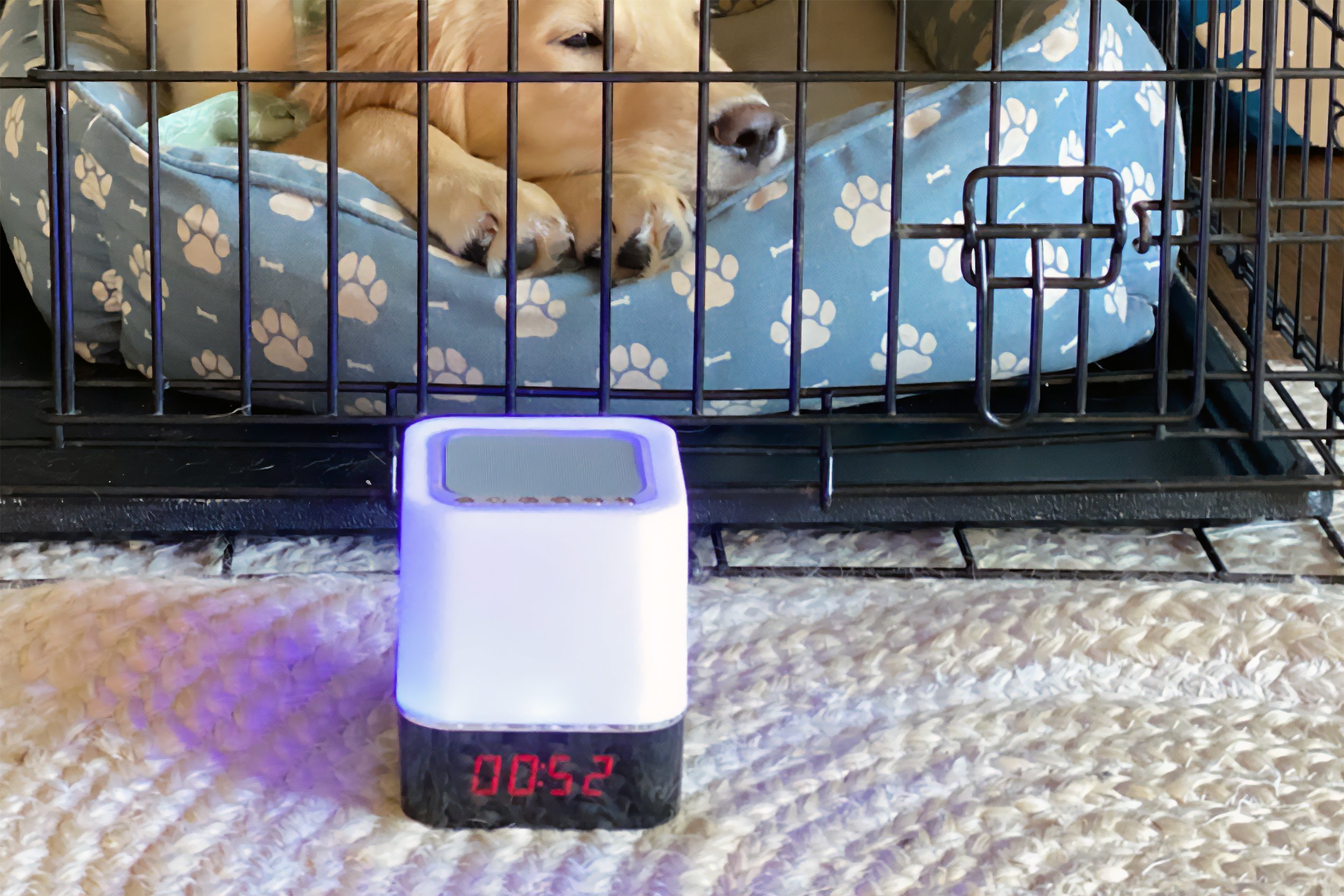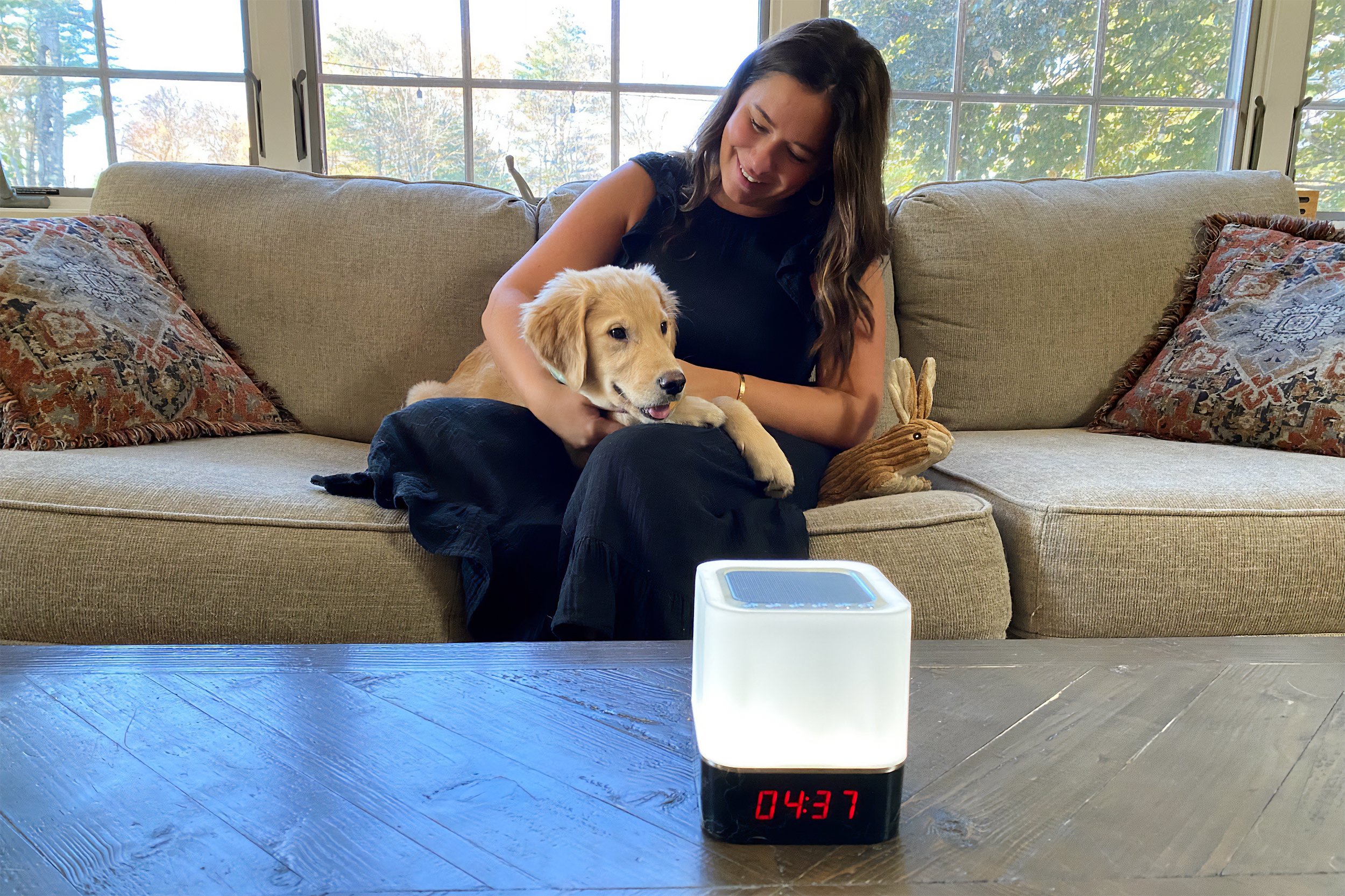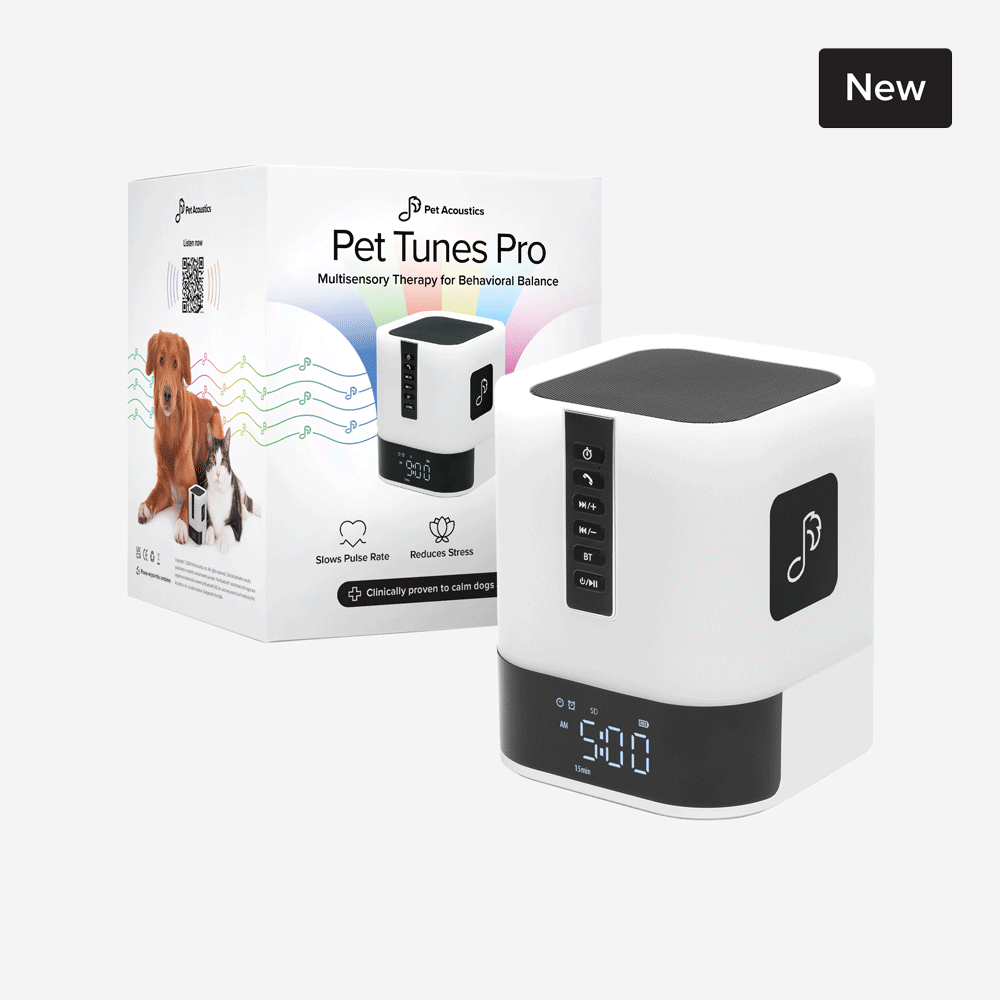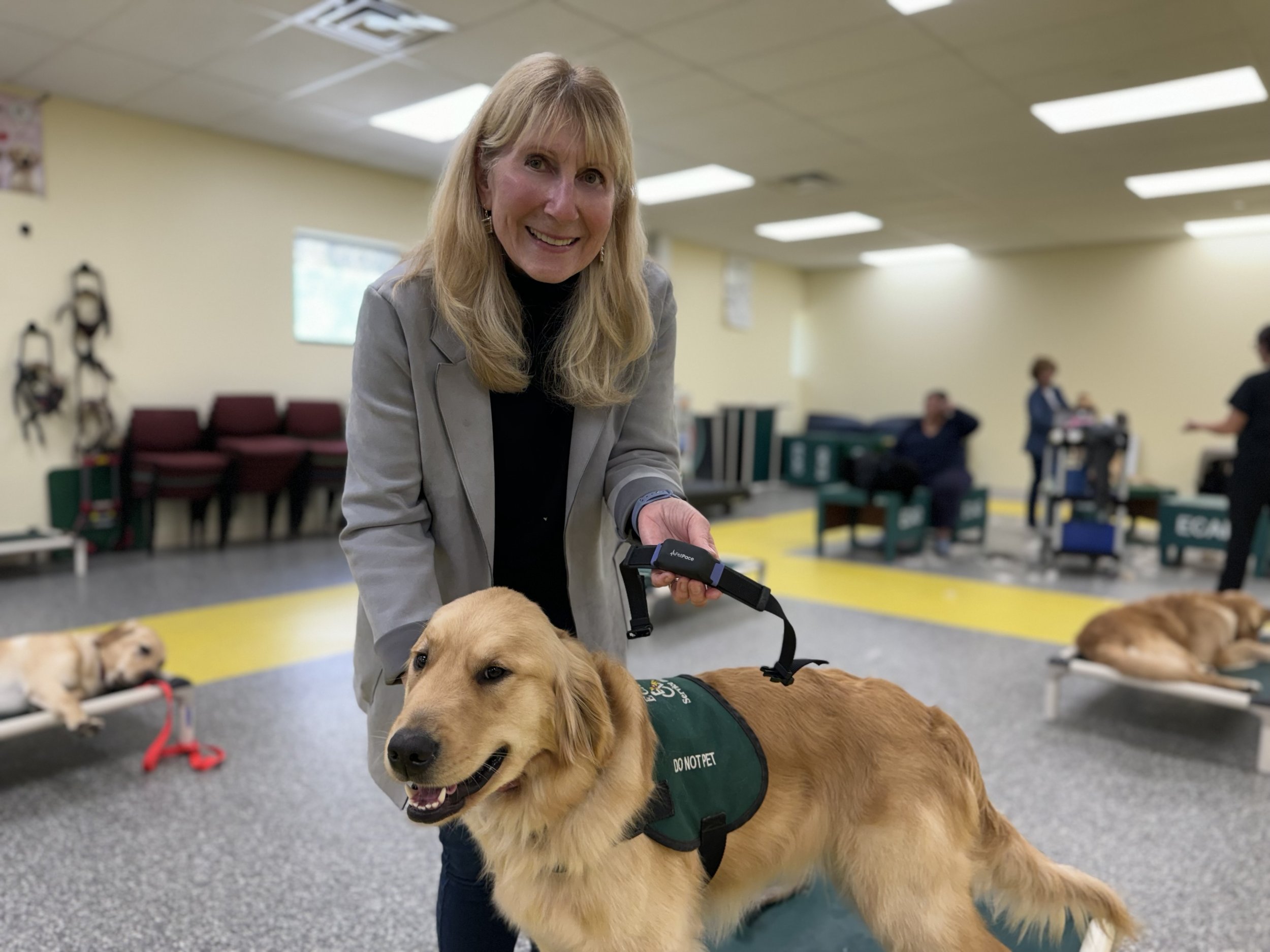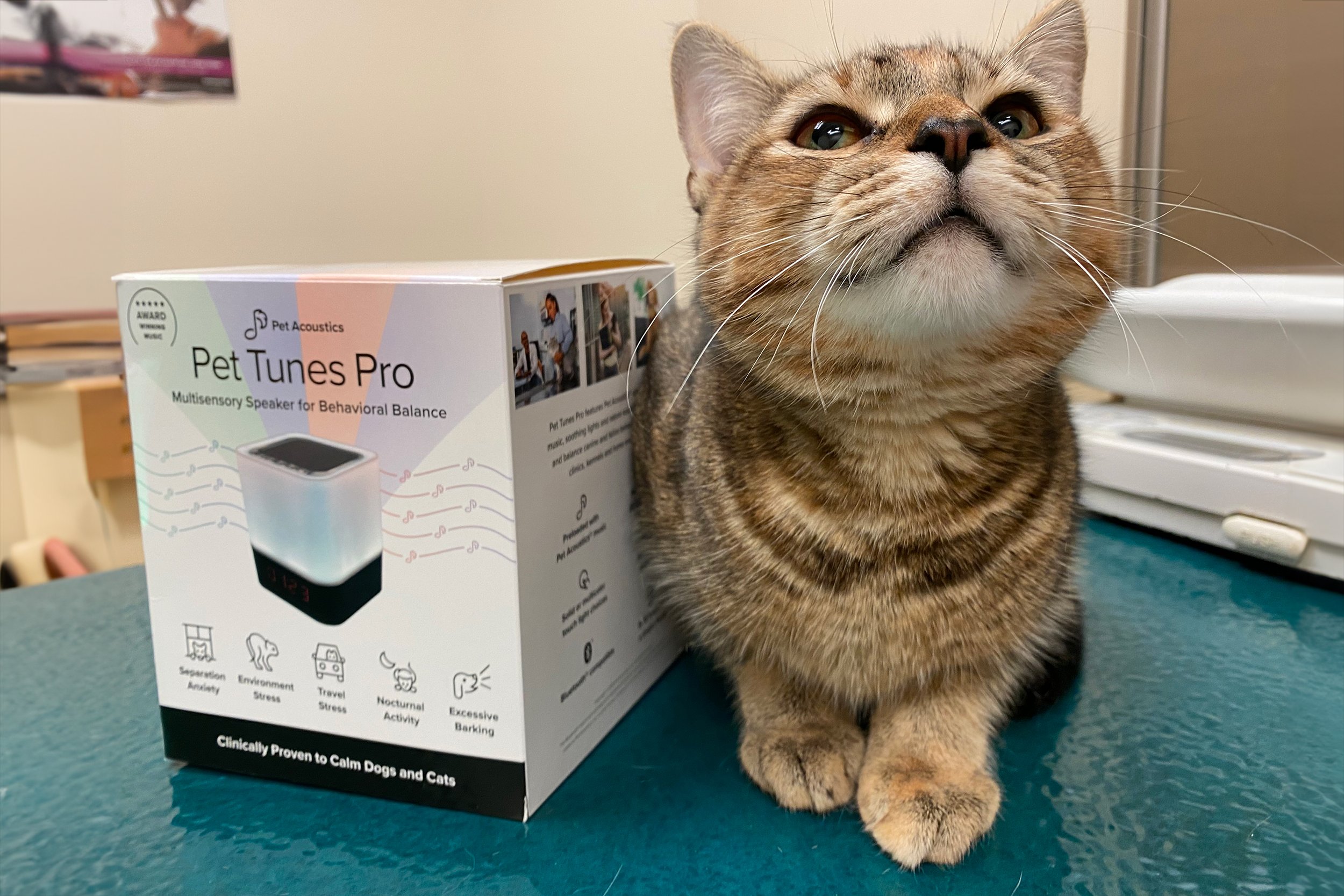Light therapy is gaining popularity as a natural and non-invasive way to calm pets, offering benefits that go beyond simple relaxation. Using specific wavelengths of light, this therapy can help reduce anxiety, regulate sleep patterns, and even alleviate pain, contributing to an overall sense of well-being. Studies suggest that certain colors, such as blue and green, promote relaxation, while red and infrared light aid in healing and inflammation reduction. Additionally, light therapy may help pets struggling with seasonal mood changes or disrupted circadian rhythms. As pet owners seek alternative methods to support their furry companions, light therapy emerges as a promising solution for stress relief and improved health.
Reduces Anxiety & Stress
Certain light wavelengths, especially red and near-infrared light (600-900 nm), can help stimulate cellular repair and reduce inflammation, which may contribute to a more relaxed state.
Some pet owners use blue light or soft ambient lighting to create a soothing environment for anxious pets.
Improves Sleep
Full-spectrum and warm light (similar to natural sunlight) can help regulate circadian rhythms, improving sleep patterns in dogs and cats.
Helps with Pain & Healing
Red light therapy is commonly used in cold laser therapy (LLLT) to help manage arthritis, joint pain, and inflammation, which indirectly improves comfort and relaxation.
Mood Enhancement
Similar to humans, seasonal affective disorder (SAD) in pets may be alleviated by light therapy, improving mood and reducing lethargy.
Light therapy, also known as photobiomodulation (PBM) therapy, is increasingly used in veterinary facilities to help pets recover from various conditions. Here’s how it benefits veterinary practices:
Pain Management & Inflammation Reduction
Light therapy helps reduce pain and swelling by increasing circulation and stimulating cellular repair.
Useful for arthritis, post-surgical recovery, and chronic pain conditions.
Faster Wound Healing
Stimulates tissue regeneration and collagen production.
Helps heal cuts, surgical incisions, burns, and ulcers more quickly.
Improved Joint & Muscle Function
Reduces stiffness and promotes flexibility, which is especially helpful for pets with hip dysplasia, osteoarthritis, or mobility issues.
Post-Surgical Recovery
Shortens recovery time by reducing inflammation and enhancing cell regeneration.
Used for pets recovering from spaying, neutering, or orthopedic surgeries.
Skin & Dermatological Benefits
Helps treat hot spots, allergies, infections, and dermatological issues.
Beneficial for pets with chronic skin conditions like atopic dermatitis.
Stress Reduction & Anxiety Relief
Some light therapy devices are designed to promote relaxation and reduce anxiety in stressed or anxious pets.
Safe & Non-Invasive
No side effects or drugs required.
Well tolerated by most pets.
Many veterinary clinics integrate light therapy as a complementary treatment alongside traditional veterinary care.
Recommendations for specific light therapy devices for pets?
Light Therapy + Music = The Ultimate Relaxation Combination
One innovative product that combines the benefits of light therapy and calming music is Pet Tunes Pro by Pet Acoustics. This multisensory speaker system is specifically designed for dogs and cats, offering:
🎼 Scientifically Composed Music – Proven to soothe pets and reduce stress.
💡 Customizable Ambient Lighting – Creates a calming environment for relaxation.
🌿 Nature Sounds & Soundscapes – Enhances comfort in homes, kennels, and vet clinics.
With Pet Tunes Pro, pet owners now have a holistic approach to keeping their furry companions calm, comfortable, and stress-free.
🐕🐈 Have you tried light therapy or music therapy for your pets? Share your experiences in the comments! ⬇️
#PetWellness #LightTherapy #PetCare #PetTunesPro #PetAcoustics #PetHealth #VeterinaryCare #PetAnxiety #InnovationForPets #AnimalBehavior
Pet Tunes Pro, the ultimate sound solution for pets. It creates a calming environment using scientifically crafted soundscapes to reduce anxiety and stress. Ideal for dogs with separation anxiety or cats anxious during thunderstorms, it features gentle melodies and nature sounds that resonate with pets' instincts.
Pet Tunes Pro promotes relaxation, suitable for daily use or stressful situations like vet visits or fireworks. Its sleek design allows for portability, and it offers easy controls with a rechargeable battery, ensuring tranquility on the go. The soundscapes avoid harsh noises, focusing on calming elements.
Join many satisfied pet owners who have enhanced their pets' lives with Pet Tunes Pro. Invest in your pet's comfort and happiness, and see the positive changes in their well-being. Make it a part of your pet care routine for a serene haven for your animals.



